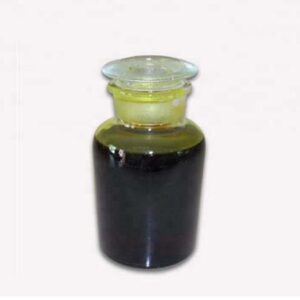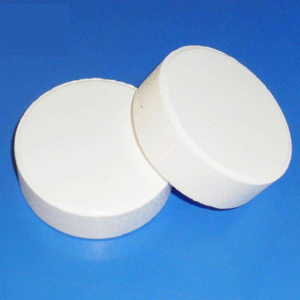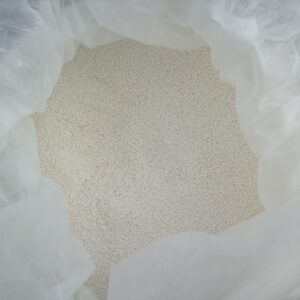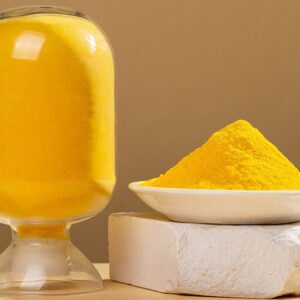Description
What Is Cationic Polyacrylamide?
CPAM is synthesized through the copolymerization of acrylamide and cationic monomers such as dimethyl diallyl ammonium chloride (DMDAAC) or methacryloyloxyethyl trimethyl ammonium chloride (DMC). The resulting polymer carries positive charges along its molecular chain, which attract and bind to negatively charged impurities, including organic matter, colloids, and suspended solids.
It is typically available in:
-
Powdered or granular form
-
Water-in-oil emulsions for quicker dissolution and easier dosing
Specifications of CPAM
| Property | Typical Value |
|---|---|
| Appearance | White or off-white powder |
| Ionic Charge Type | Cationic |
| Cationic Degree | 5% – 80% (customized as needed) |
| Molecular Weight | 4 – 12 million Dalton |
| Solubility | Fully soluble in water |
| Recommended pH Range | 4 – 9 |
| Bulk Density | 0.7 – 0.9 g/cm³ |
| Shelf Life | 24 months (sealed, dry storage) |
Note: The cationic degree and molecular weight can be adjusted based on the target application.
Key Applications of Cationic Polyacrylamide
1. Municipal Wastewater Treatment
CPAM is used extensively in sewage treatment plants to remove organic pollutants, bacteria, and suspended solids. It is especially effective during sludge thickening and dewatering, enhancing the performance of mechanical dewatering equipment such as centrifuges, filter presses, and belt presses.
2. Industrial Effluent Treatment
Industries like food processing, paper, textiles, petrochemicals, and tanning generate wastewater with high organic loads. CPAM helps separate solid and liquid phases efficiently, reducing environmental impact and improving water recycling rates.
3. Papermaking Industry
In paper manufacturing, CPAM acts as a retention aid, dry strength agent, and drainage enhancer, improving sheet formation and reducing raw material loss.
4. Oil and Gas Sector
Used in drilling muds and enhanced oil recovery, CPAM improves viscosity control and flocculation in oilfield wastewater treatment.
Benefits of CPAM in Water Treatment
✅ Excellent sludge dewatering capability
✅ Effective in acidic to neutral pH conditions
✅ Low dosage with high efficiency
✅ Reduces chemical oxygen demand (COD) and total suspended solids (TSS)
✅ Improves filtration and reduces water content in sludge
✅ Stable performance in complex wastewater systems
Due to its cationic nature, CPAM is particularly suited for wastewater with high organic content or low pH, where other types of polyacrylamides may underperform.
Environmental and Safety Considerations
While CPAM is non-toxic and environmentally friendly when used appropriately, it should be handled with care. Avoid inhaling dry powder, and store the product in a cool, dry environment away from direct sunlight. Always refer to the Material Safety Data Sheet (MSDS) for detailed handling and safety instructions.
Final Thoughts
Cationic Polyacrylamide (CPAM) stands out as a high-performance, cost-effective solution for a wide range of solid-liquid separation and wastewater treatment challenges. Its fast action, strong binding properties, and wide adaptability make it indispensable in municipal and industrial processes aiming for environmental compliance and water recycling.
Whether you are managing sludge dewatering, industrial effluent, or paper production waste, CPAM offers a reliable and efficient solution for achieving cleaner water and better operational outcomes.







